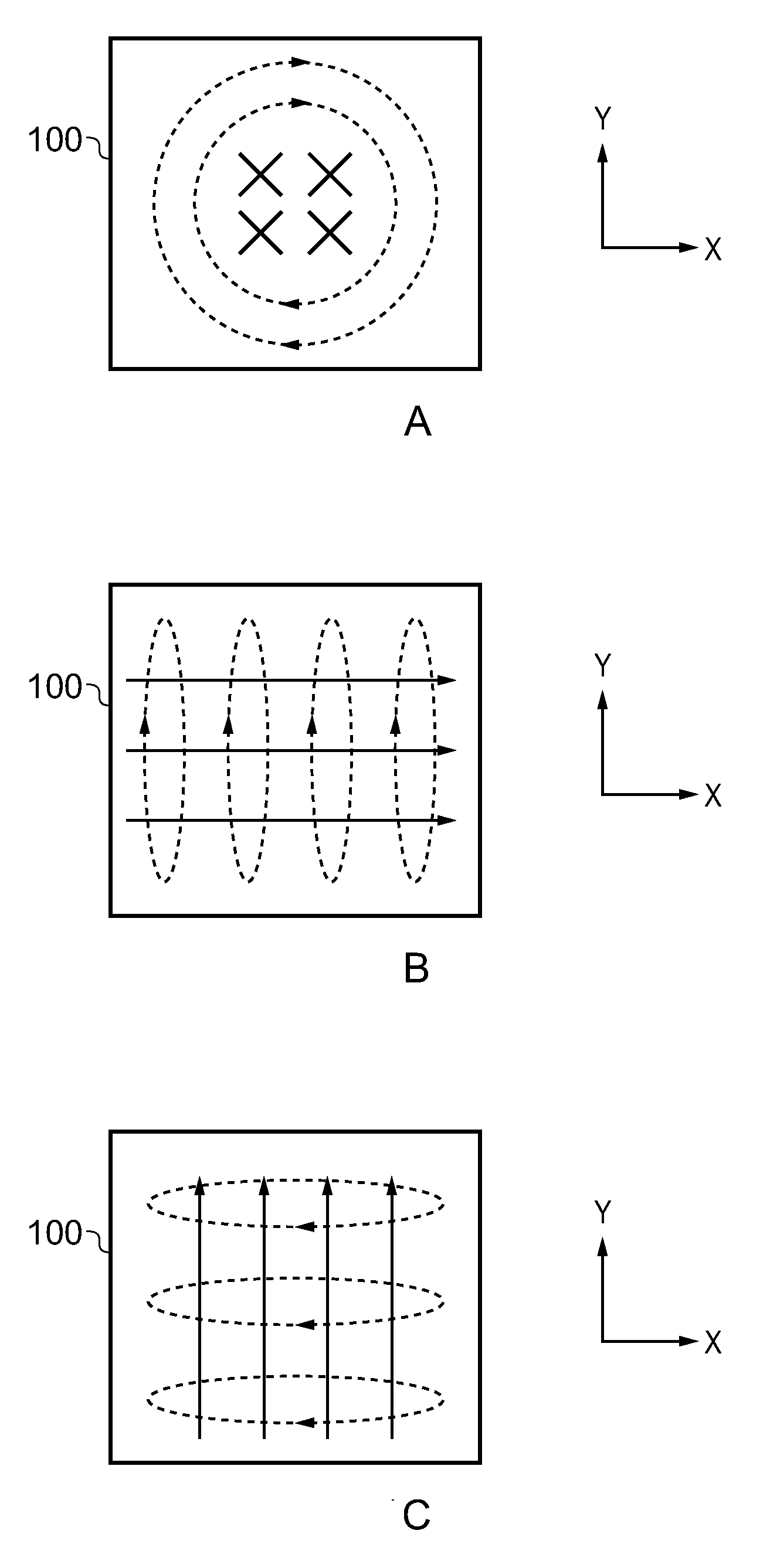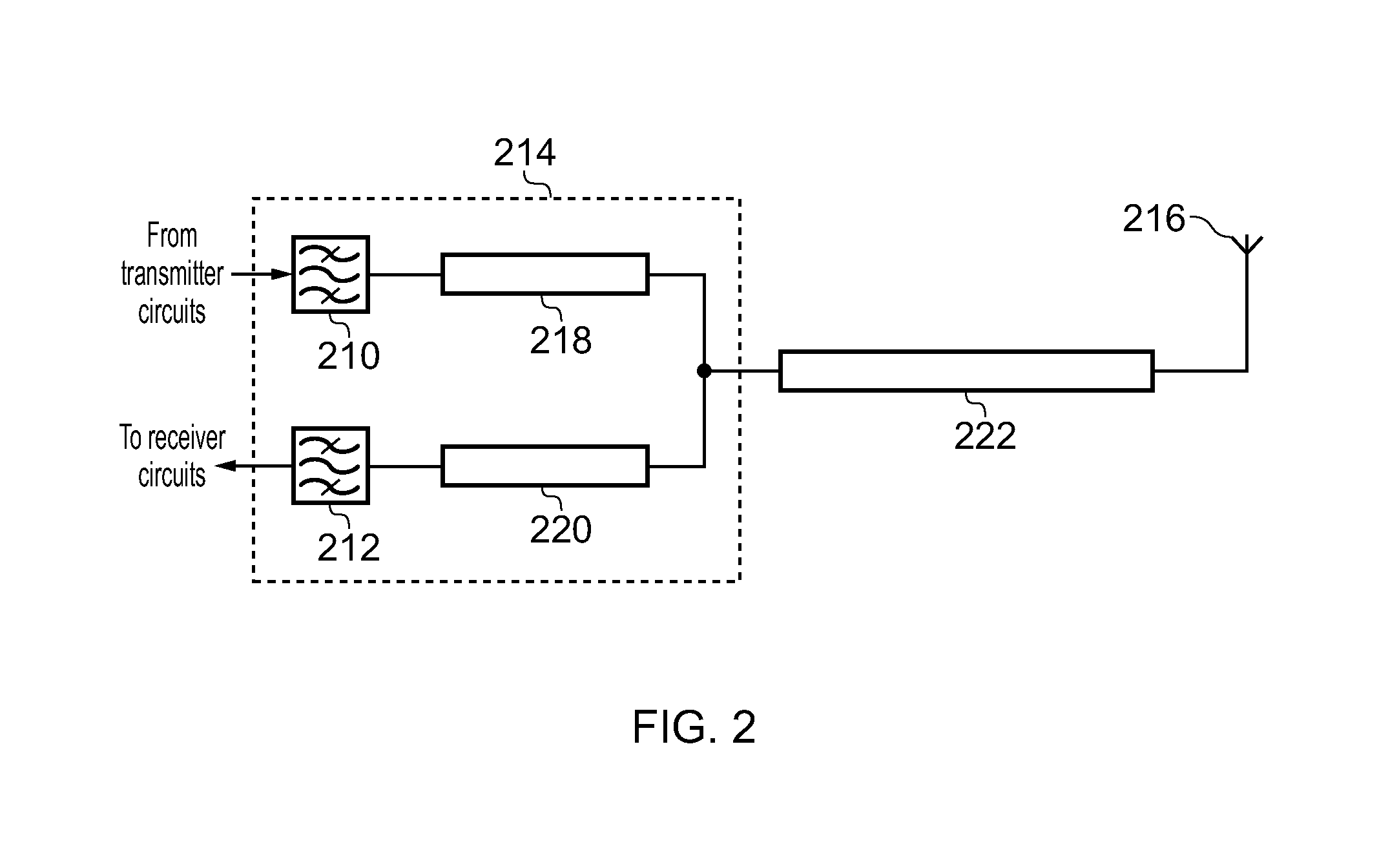Antenna and filter structures
a filter and antenna technology, applied in the direction of slot antennas, waveguide devices, electrical equipment, etc., can solve the problems of large loss, large loss, and product becoming either too heavy or too expensive to be deployed on a large scal
- Summary
- Abstract
- Description
- Claims
- Application Information
AI Technical Summary
Benefits of technology
Problems solved by technology
Method used
Image
Examples
Embodiment Construction
[0034]FIG. 3 shows a type of multi-mode filter. The filter 300 shown in FIG. 3 comprises a cubic puck 310 of ceramic dielectric with an applied metallisation 312. In FIG. 3, the metallisation on the nearest face of the puck and the puck itself have been shown as transparent so that various features pertaining to the metallisation can be seen and therefore described more easily. For the avoidance of doubt, however, the metallisation 312 extends completely over the nearest face of the puck and is continuous with the metallisation on the adjacent faces of the puck. This concept of treating the puck 310 and the metallisation 312 as transparent will be extended to FIGS. 3 to 11.
[0035]Given that the puck 310 is a cube, standing waves can be established in the puck in three distinct orientations. In each orientation, the electric field vector of the standing wave is parallel to the an edge of the cubic puck 310. The edges of the puck 310 can be thought of as running in orthogonal X, Y and ...
PUM
 Login to View More
Login to View More Abstract
Description
Claims
Application Information
 Login to View More
Login to View More - R&D
- Intellectual Property
- Life Sciences
- Materials
- Tech Scout
- Unparalleled Data Quality
- Higher Quality Content
- 60% Fewer Hallucinations
Browse by: Latest US Patents, China's latest patents, Technical Efficacy Thesaurus, Application Domain, Technology Topic, Popular Technical Reports.
© 2025 PatSnap. All rights reserved.Legal|Privacy policy|Modern Slavery Act Transparency Statement|Sitemap|About US| Contact US: help@patsnap.com



